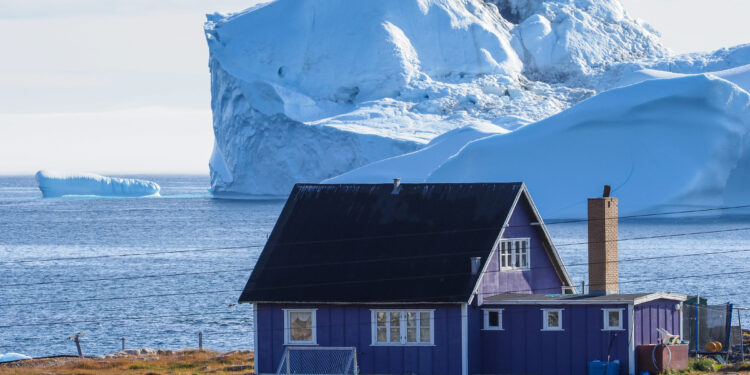Greenland, the world’s largest island, is an autonomous territory within the Kingdom of Denmark, boasting a rich history, unique culture, and substantial natural resources. Over recent years, the movement towards full independence has gained momentum, driven by a mix of economic, political, and cultural factors.
Historical Context and Autonomy
Greenland’s relationship with Denmark dates back to the early 18th century when it was colonized. In 1979, Greenland was granted home rule, which allowed for self-governance in many internal matters, including education, health, and natural resource management. This autonomy was further expanded in 2009 with the Self-Government Act, which transferred additional powers to the Greenlandic government, including control over its judiciary, policing, and natural resources. Importantly, it also recognized the Greenlandic people as a distinct nationality within the Kingdom of Denmark.
Economic Potential and Challenges
Central to Greenland’s push for independence is its rich repository of natural resources. The island is believed to have vast reserves of oil, gas, and rare earth minerals, which are increasingly accessible due to climate change and the melting ice caps. The potential for significant revenue from these resources fuels aspirations for economic self-sufficiency, a crucial step towards independence.
However, Greenland faces substantial economic challenges. The island’s economy is currently heavily dependent on Danish subsidies, which constitute about 20% of its GDP. Fishing remains the primary industry, with limited diversification. Infrastructure development is also hampered by the island’s harsh climate and remote geography, making economic self-reliance a complex goal.
Political and Cultural Identity
Culturally and politically, there is a strong desire among many Greenlanders to assert their distinct identity. The Greenlandic language and Inuit culture are central to this identity, and there has been a concerted effort to promote and preserve these aspects against external influences. Politically, there is a growing nationalist sentiment that seeks to break free from Danish control, viewed by some as a colonial remnant.
The Greenlandic government has been proactive in asserting greater control over its affairs. Prime Minister Múte Bourup Egede and his party, Inuit Ataqatigiit, have been vocal advocates for independence, emphasizing sustainable development and self-reliance. Yet, public opinion remains divided, with some Greenlanders cautious about the economic and political implications of full independence.
The Path Forward
The road to independence for Greenland is fraught with both opportunities and challenges. While the rich natural resources offer a potential pathway to economic self-sufficiency, the island’s current economic reliance on Denmark and the logistical hurdles posed by its geography are significant obstacles. Furthermore, the Greenlandic government must navigate complex international waters, balancing relationships with major powers interested in its strategic and resource-rich territory.
In conclusion, Greenland’s quest for independence is a multifaceted issue involving historical ties, economic realities, and cultural identity. The drive for self-governance reflects a broader desire among Greenlanders to shape their future and assert their place on the global stage. Whether this results in full independence remains to be seen, as the island continues to balance aspirations with pragmatic considerations.
newshub











Recent Comments